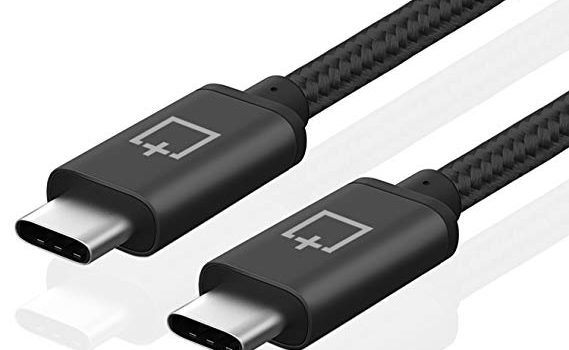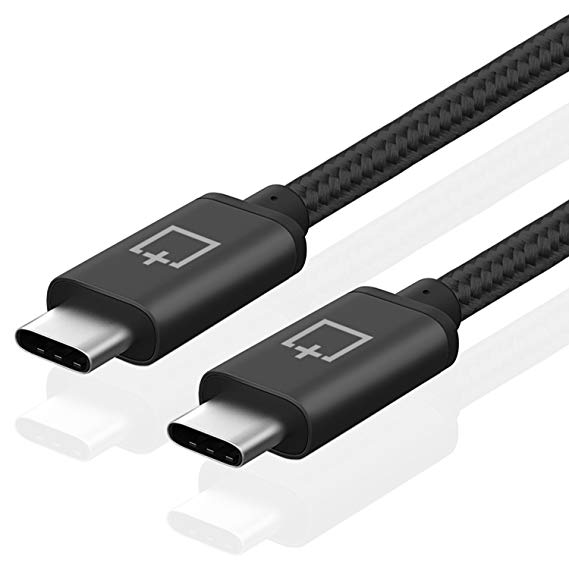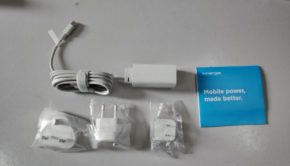Why You Should Be Excited About The Chance To Use USB-C Cables
A lot of the time, upgrading technology can be more of a headache than a benefit, especially in enterprise settings. Having to check to make sure everything is compatible, making sure the entire team knows how to properly use it, all of these can be prolonged and frustrating tasks. However, in many cases, the benefits upon upgrade are well worth the potential struggles of transitioning to get there.
USB-C is the perfect example of the transition being well worth it. This type of connector is poised to be the new standard across USB cables as well as a wide variety of peripherals and other devices. If you haven’t converted yet, there are a variety of reasons why you don’t want to hold back. Here are some of the standout benefits worth taking note of.
Supplanting Old Options
Perhaps one of the most irritating moments when it comes to working with older USB options, especially if you have a complex dongle set up, is making sure that it’s plugged in properly: the right direction, the right orientation. However, one of the major benefits of USB-C is the fact that it’s the first physical plug of its kind to be completely reversible. In practice, this means that no matter whether you’re using input or output, up or down, your USB cable will always work. To give you an idea of the leap in tech required, compare it from transferring from physical keys to key cards. This makes a USB C to HDMI connection far easier to manage, for example, but that’s not all. As time goes on and USB-C becomes more and more popular, expect a future where it’s easier to share charging cables for mobile devices as well.
On the topic of compatibility and adoption, one major benefit of USB-C is the fact that it’s pretty futureproofed as well as easy to incorporate. For example, all of the major tech companies are beginning to use USB-C as the standard for cellphones, slim notebooks/laptops, as well as tablets. One thing that bears mentioning when it comes to USB-C, though, is that generally, it’s the top of the line units that are making the change first. This makes quite a bit of sense when you consider the fact that USB-C’s data transfer and power capacity will be best felt on these systems. For those who are using some of the cheaper options, you may need to buy an adapter or keep some of the classic USB options to make sure you are covered.
One thing that’s likely to make a lot of people happy when it comes to USB-C is the fact that it eliminates the need for micro-USB. The original need for this stemmed from the fact that manufacturers were trying to make smaller and smaller products, to the point that traditional USB cables no longer worked. Enter Micro-USB, which means needing another set of cables for compatibility as well as other issues. For example, Micro-USB tends not to be as durable or flexible as their other counterparts.
USB-C has circumvented the problem by being small enough to match any device, current or future, while still being strong enough to function regularly. So, as long as we have it in place, you won’t have to worry about carrying a regular and Micro-USB variant for devices like your smartphone.
New Innovations
Up until this point, we’ve been covering the ways that USB-C is going to phase out other things that you either don’t need or were unwieldy to manage. However, a USB-C cable brings a lot of new functionality to the table as well. A lot of this comes from what’s inside the cable as well. Remember, when we talk about USB-C cables, these are the physical connectors, but what’s inside those cables is every bit as important. On the interior of the USB-C cable, the standard is the new USB 3.1.
To give you an idea of the massive leap between 3.1 and other USB types, the latest generation can support data transfer speeds up to a massive 10 gigabits each second. Utilizing the latest quick-charge technology, it can also provide 100 watts of power. To make sure that you are getting all of these benefits, though, make sure that your USB-C cable actually has the 3.1 technology inside. This means keeping a wary eye on cheaper options on brand names that you aren’t familiar with. These may have the versatility, but not the power you get with a proper USB-C 3.1 cable.
Some people may not necessarily be happy to see the headphone jack on their phone goes, as the blowup over the iPhone 7 shows. However, this technology dates all the way back to 1878, so it’s pretty rare that you see something with that kind of mileage lasting that long. If you’re concerned about this, though, USB-C could provide a better future for your music, and there are a few reasons why.
As a start, USB-C is able to transmit digital audio, meaning that you can play your favorite music through the headphones while also charging your phone. Because the audio will transmit digital data, your headphones will give you better music quality. Perhaps the biggest quality-of-life increase that you see, though, is the fact that you won’t need to rely on an internal battery for noise canceling headphones. Instead, they will be powered by the phone.
Note that there are a few growing pains when it comes to adopting a new piece of technology. For example, some have reported connecting a USB C charger to their computers or phones, only to damage the technology. This is less a failure of USB Type-C cables and more poor manufacturers. For example, every properly USB-C cable should have resistors to avoid frying devices. With this said, you want to make sure you are partnering with the best vendors possible to make sure you have quality options.






![Creating an Electronics eCommerce Store [Step-by-Step Guide]](https://technofaq.org/wp-content/uploads/2018/01/TechLoop-Electronics-Gadgets-Store-Responsive-WooCommerce-Theme-150x150.jpg)







